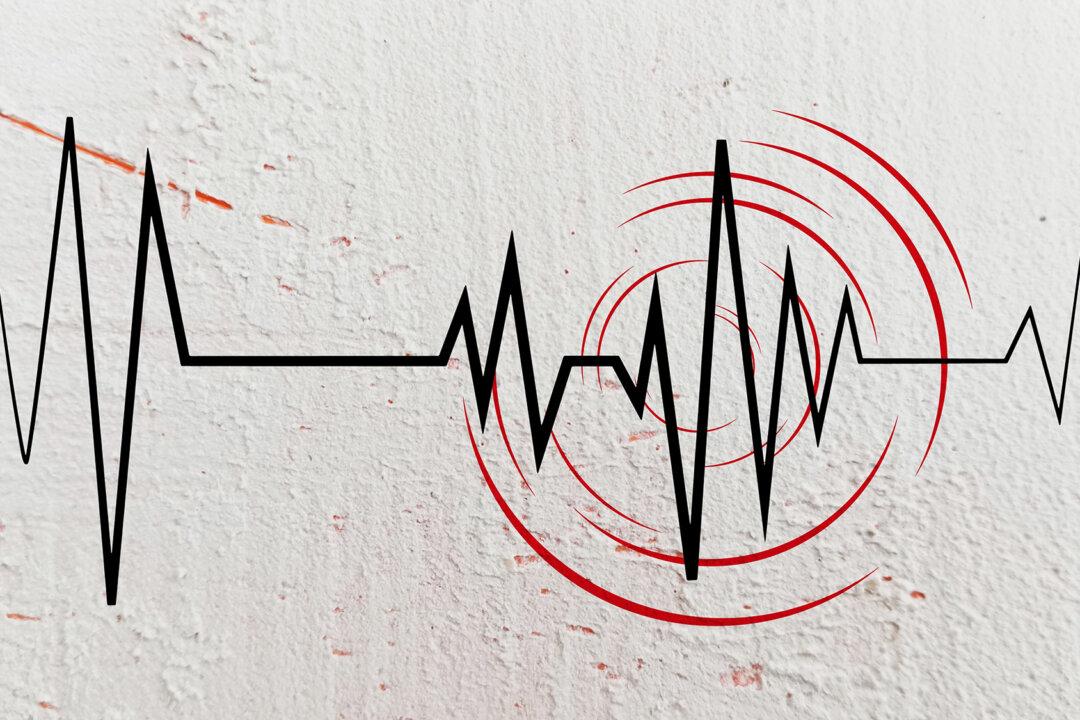There are several examples of things universally understood, regardless of language barriers. They include smiles, frowns, and handshakes.
Step Up
Unless there are health issues keeping you seated, stand up and confidently approach the other person to shake hands. Make eye contact, smile, firmly grasp their proffered hand, and pump it up and down twice before releasing it. If appropriate, tell them it’s nice to meet them, before stepping away to let them get back to whatever they were doing.Don’t interrupt anyone deep in conversation or otherwise clearly occupied, such as a hostess putting last-minute touches on a menu item. There are no circumstances under which it’s appropriate to try and force a handshake.





